Blog page
Recent Post

Magnets in Restaurant Kitchens
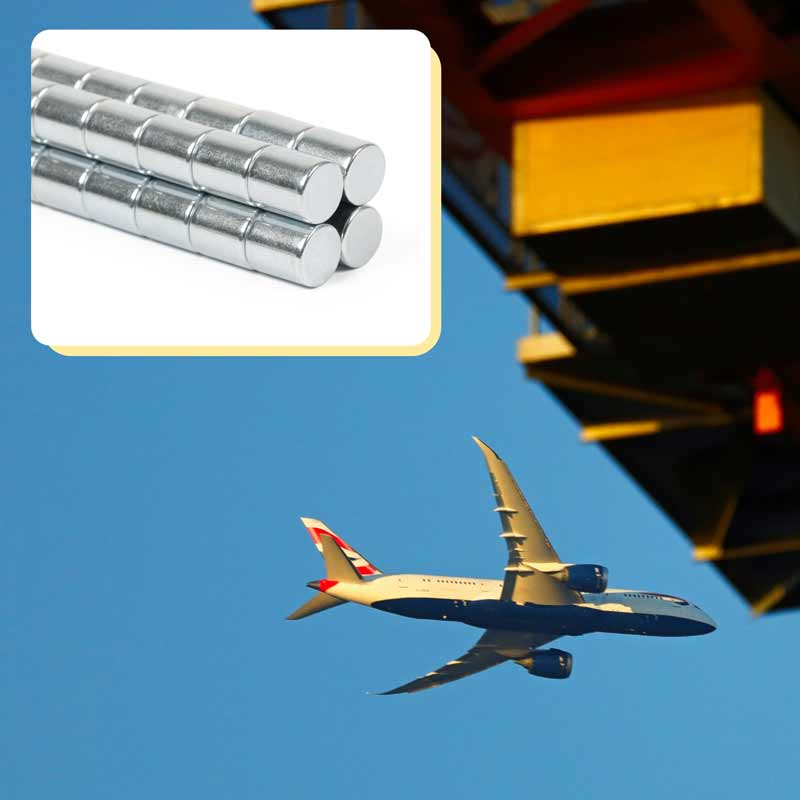
Global supply challenges and HYAB’s role
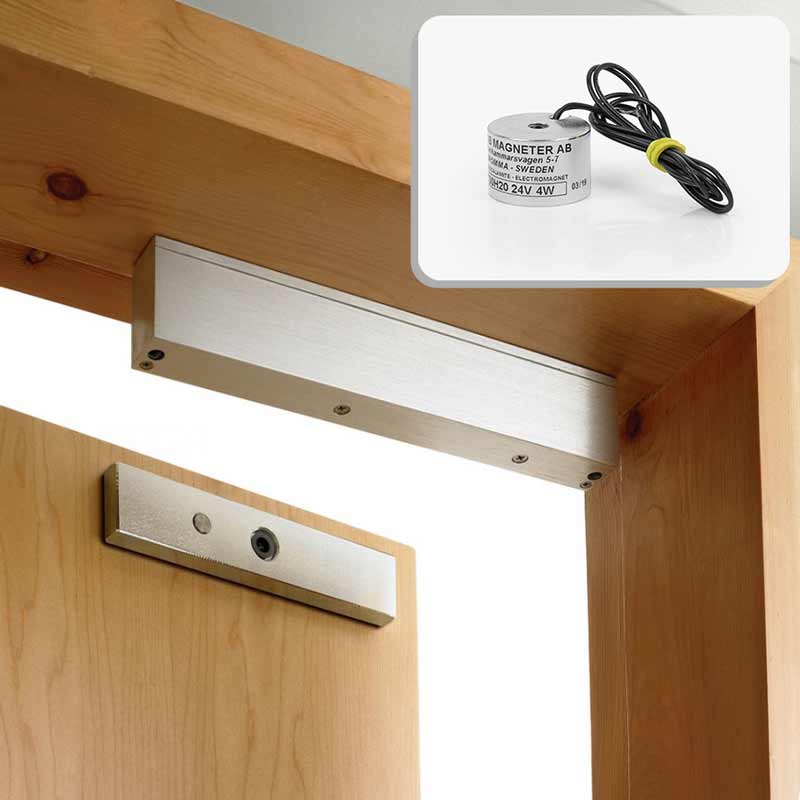
Electromagnets – a more controllable magnet

Magnetic filtration in the process industry
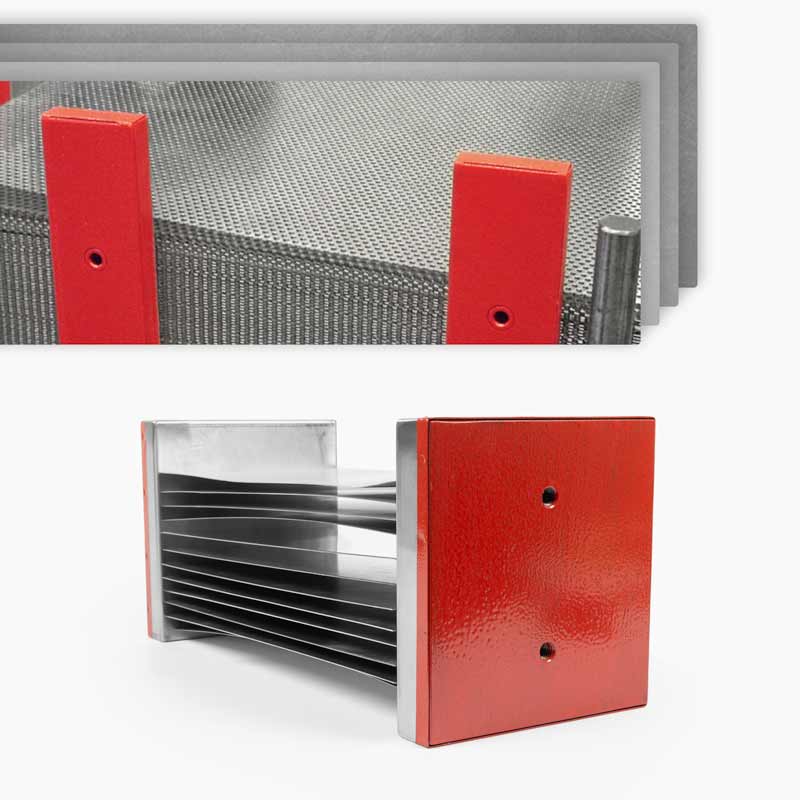
Sheet metal handling – Easier with magnets
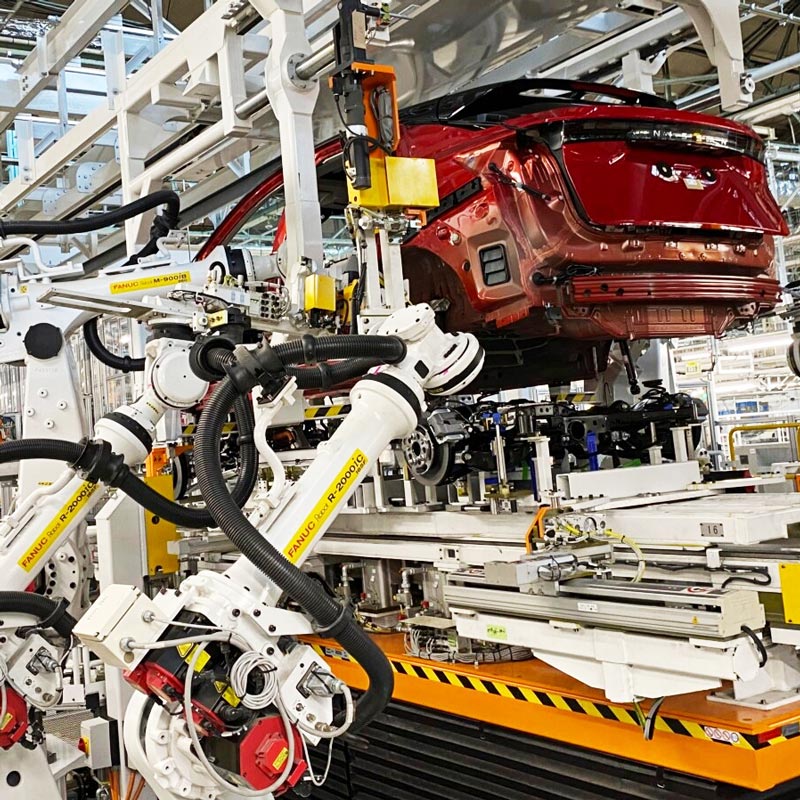
Published: 2023-02-28
![]() Daniel Gårdefelt
Daniel Gårdefelt
A closer look on magnets in the automotive industry
Magnets are a key component of many modern automobiles, with applications ranging from power generation and fuel efficiency to safety systems and...
Show more >
Published: 2023-02-21
![]() Daniel Gårdefelt
Daniel Gårdefelt
Neodymiun coatings
When producing a neodymium magnet, it requires some sort of protection, a coating. Click here for a more detailed page of all the coatings and t...
Show more >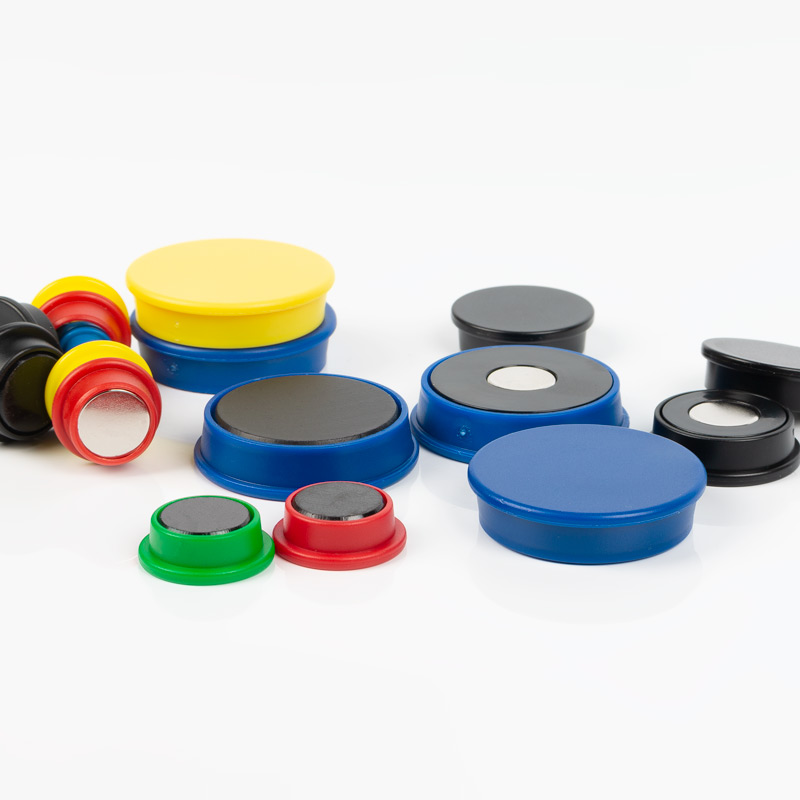
Published: 2023-01-10
![]() Daniel Gårdefelt
Daniel Gårdefelt
New serie of refrigerator magnets
Are you looking for a way to spruce up your refrigerator? Look no further, we have added our latest series of refrigerator magnets to the website...
Show more >
Published: 2023-01-10
![]() Daniel Gårdefelt
Daniel Gårdefelt
Magnets used to make oxygen
Magnets are used to make all kinds of things, it can even be used to make oxygen. Oxygen is an essential element for human life and plays a vital...
Show more >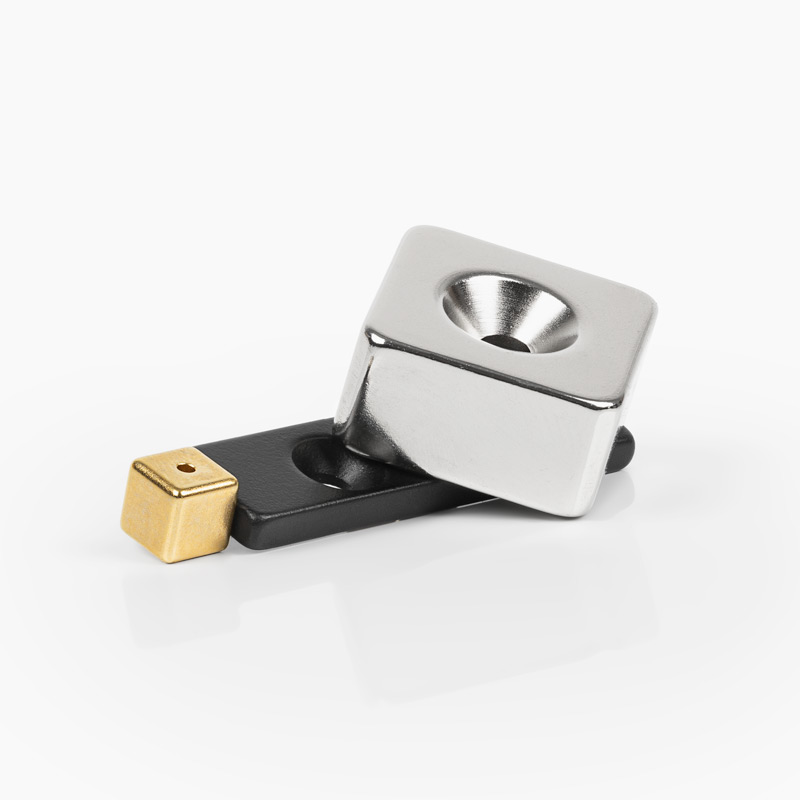
Published: 2023-01-10
![]() Daniel Gårdefelt
Daniel Gårdefelt
Neodymium price
Neodymium magnets are an incredibly powerful type of permanent magnet made from an alloy of neodymium, iron and boron. They’re used in a va...
Show more >
